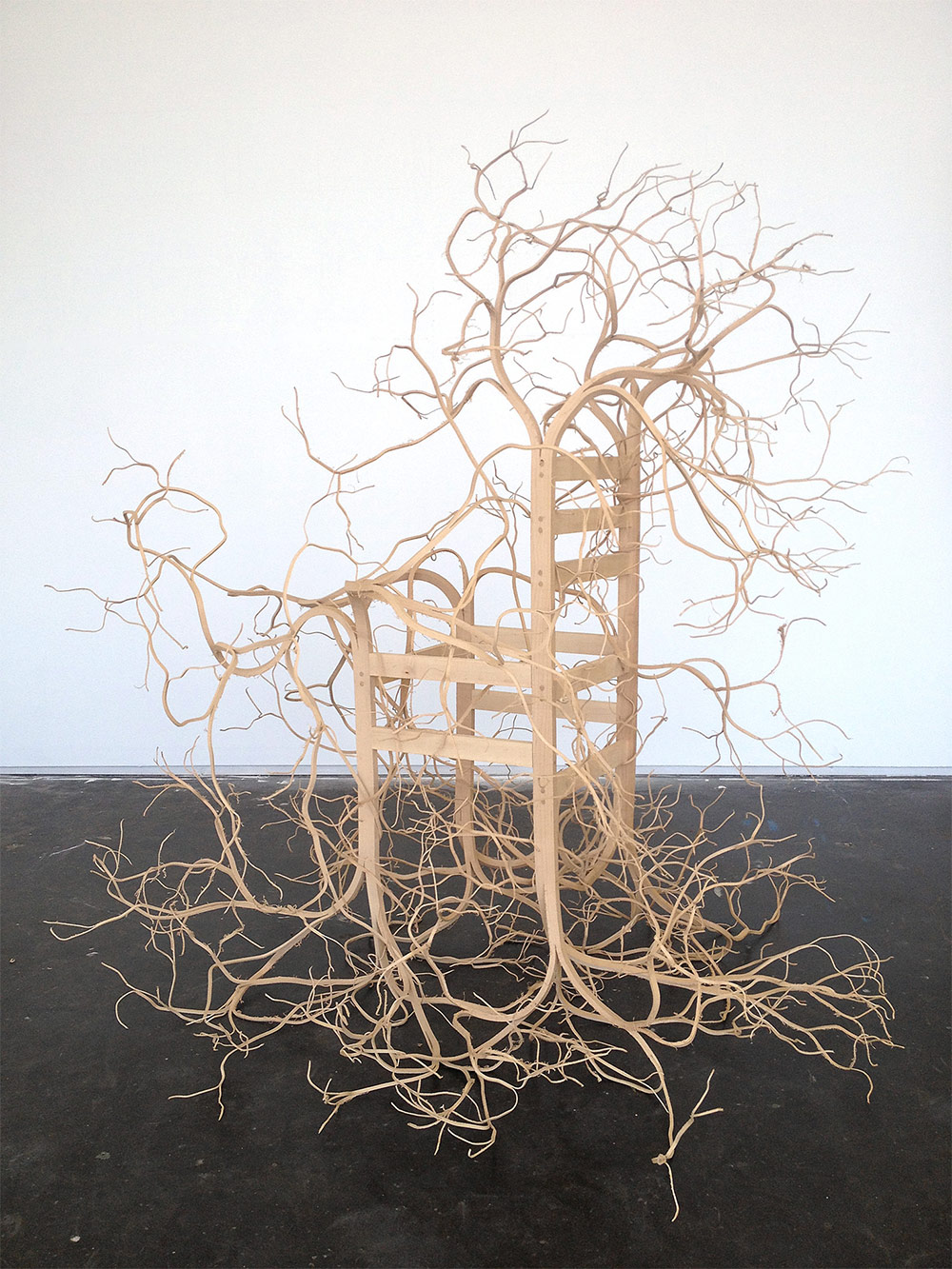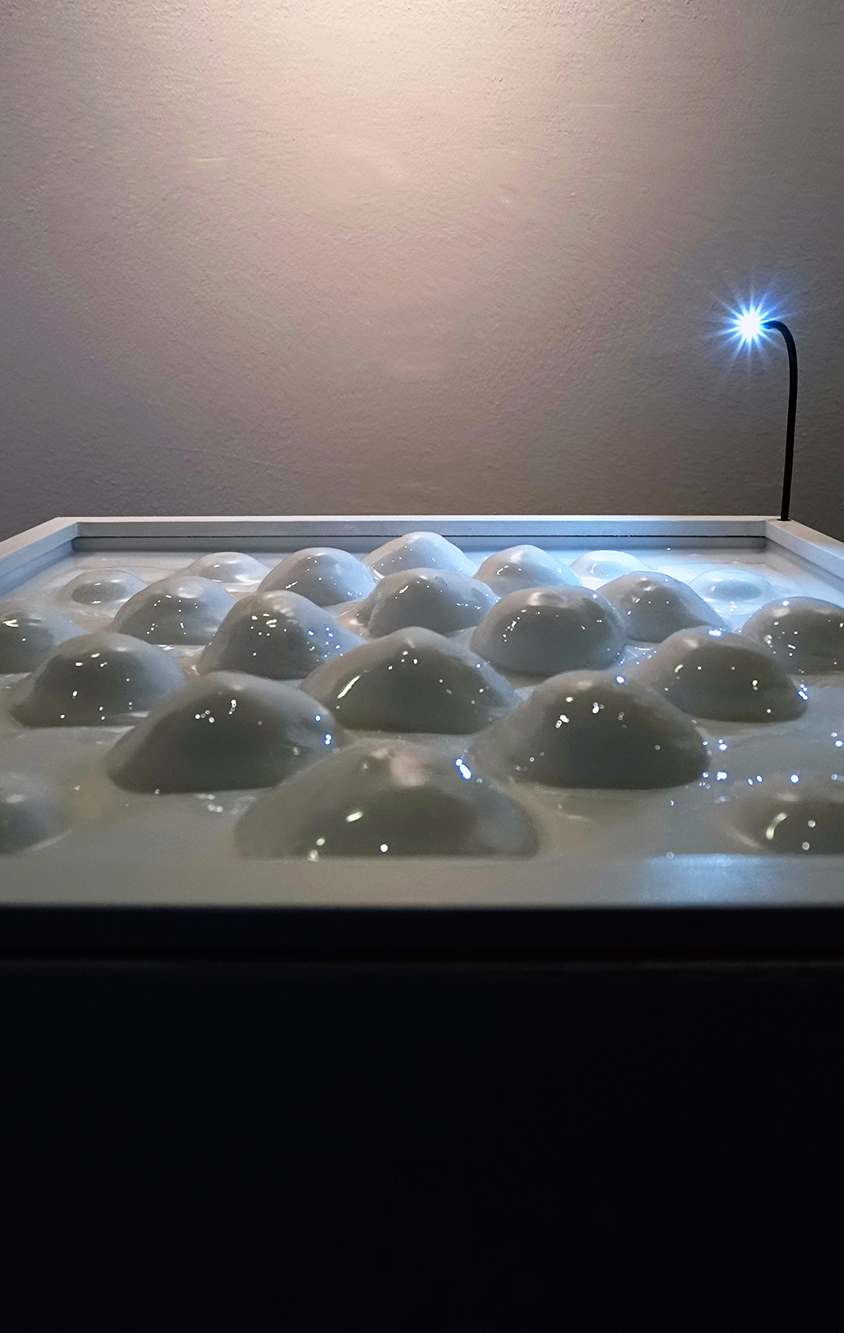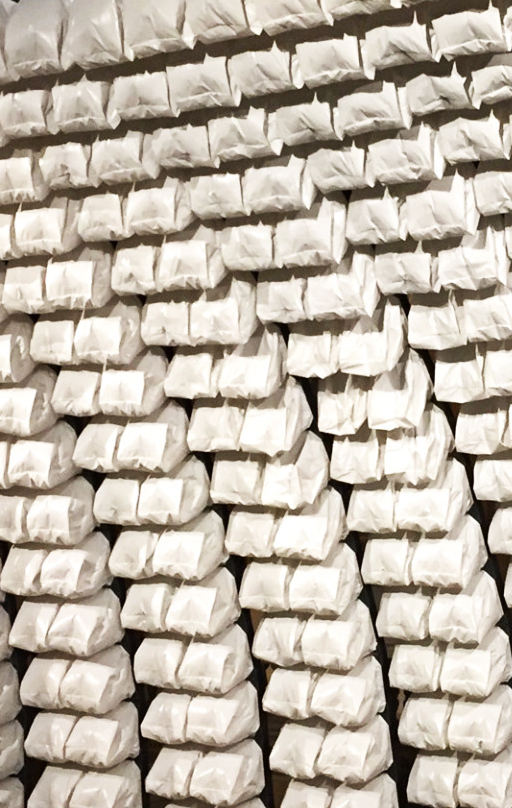lumiére
a complete new version, the result of performing Lumière for more than one year, condensed into a more sophisticated, more complex, more fragile, more massive synaesthetic experience! photos and more info online in early February.Based on self written software, this work on the edge of concert and site specific installation finds previously unseen beauty and minimalistic elegance in a commonly underrated medium. High power lasers draw complex morphing shapes and connect points in space. Lumière combines precise geometric figures with floating organic structures, presenting the archaic sign language of an alien culture communicating via emerging and disappearing traces of extremely bright light.Percussive and textural sonic events provide a counterpoint to the visual rhythm, resulting in a multi sensorial experience which at times is fragile and quiet, at others massive and overwhelming. Each Lumière performance is a unique and site specific real time exploration of synchronicity and divergence, of light and darkness at the limits of perception.












